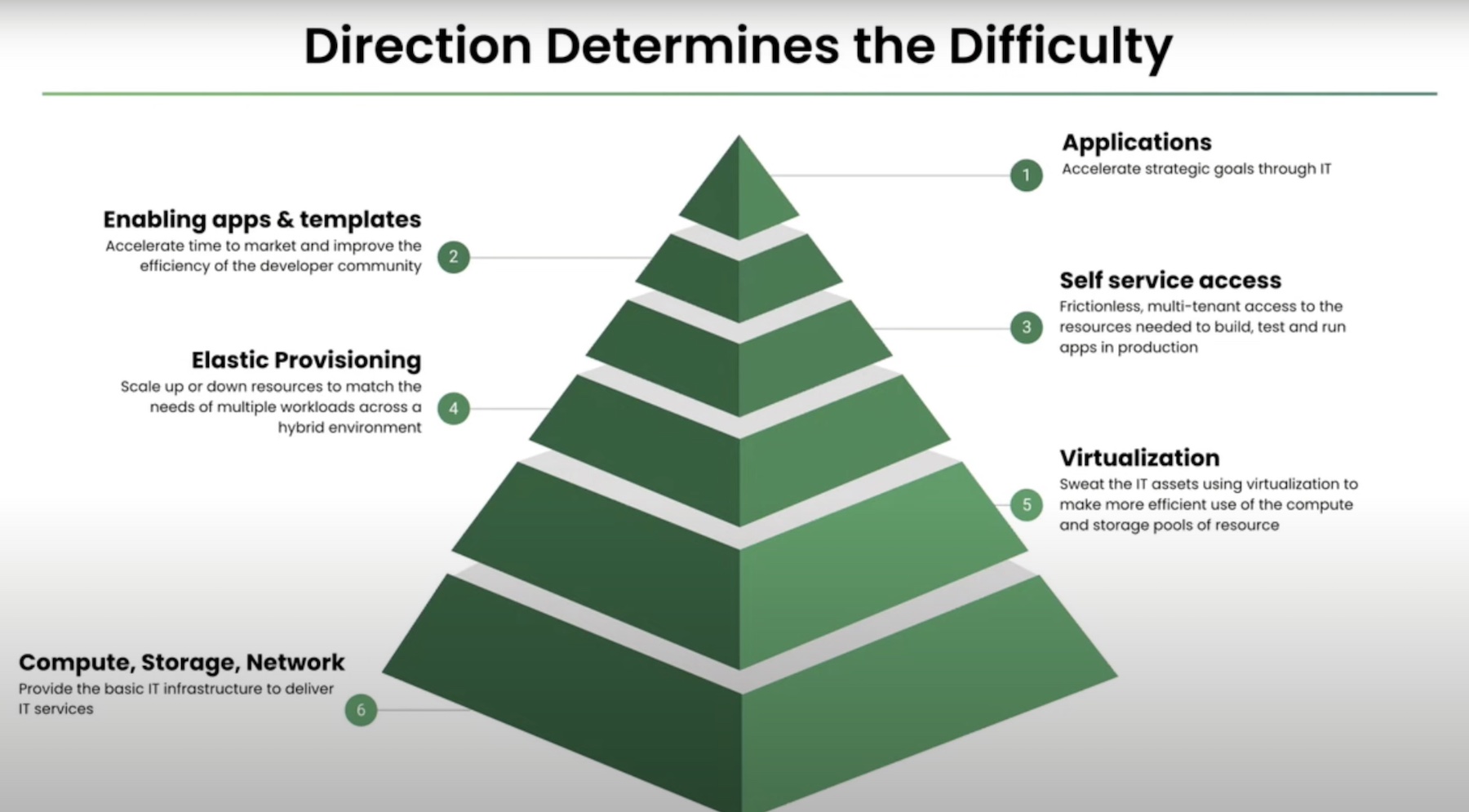As companies tiptoe towards a cloud-based future, many are reversing back to private datacenters. At the leading edge of this trend, SoftIron, a London-based SDS company, is accelerating the transition with HyperCloud, a solution that makes the best of both worlds a reality. At the recent Cloud Field Day event in California, the company showcased Version 2.0 of HyperCloud to the audience.
The Stumbling Blocks of Cloud Repatriation
The cloud technology has transformed countless industries, and is predicted to be a $1 trillion industry within the next five years. Amid this, the argument of returning to on-premises is based on two key factors – data privacy and cost. Enterprises in highly regulated industries require high levels of data privacy which only private datacenters can offer. Data storage cost in the public cloud is another worry driving companies back to on-premises.
But for enterprises used to the cloud consumption model, the transition back to on-premises leads them up blind alleys. On-premises infrastructures come with heavy management and maintenance burdens that pose a sharp contrast to the cloud’s always-on, fully-managed ecosystem.
“What we need, and what the hyperscalers have shown us is the demand for this consumption type of capability. People want to reduce their IT complexity, and increase their IT agility. To be able to do that takes a lot of work,” said Charles C. Ruffino, Technology Fellow, Cloud Architecture, at SoftIron.
Replicating public-cloud’s simplicity and agility in the enterprise enclave is tied to a steep architectural burden. A cloud-native infrastructure, which is required by default for all modern applications, have several components to it – orchestration and management, virtualization and automation, multi-tenancy, resource pooling, scalability, hybrid cloud integration, and so on.
In owned infrastructures, synthesizing these capabilities involves high levels of complexity and large capital investments. “Everything that’s on premises today is usually from different vendors, and trying to cobble those pieces together, it tends not to work in an effective manner,” Ruffino highlighted.
Uncertainty and cost concerns are holding them back from unlocking the real value of private cloud.

A Solution Crafted to Optimize the Private Cloud Experience
There are two things that businesses specifically look for in any cloud – minimal infrastructural burden, and faster outcomes. SoftIron aims to provide both with HyperCloud.
It strays from the playbook, and adopts what it calls a top-down approach. HyperCloud is a self-healing, and self-organizing infrastructure. Things like lifecycle management, patching, upgrading, scaling and tuning that require specialized expertise are built into it.
HyperCloud nodes requires zero administration. “You install one thing on one box, and it does a managed controlled reboot process across the entire cloud until everything is in the same state. We call it eventual convergence,” told Ruffino.
The nodes have a stateless architecture that lends it sophisticated recovery and security capabilities. If a node is compromised, it can be recovered promptly by simply rebooting.
The nodes are joined by a common UI which does the key function of integrating components from a variety of vendors, and in the process, bring down the administrative overheads.
“Because of our stateless nature, the devices look for state from the control plane. When they boot up, they immediately do what they’re supposed to do. You don’t have to plug anything in, or make any changes to the cluster in any way, shape or form,” he explained.
But in the occasion that a user wants` to make changes, there are options for that, said Ruffino. But for the most part, it takes away the pains of implementing changes with the easy plug-and-play model.
Compute and storage are disaggregated in the nodes, meaning users can scale independently and without limits.
“This is not a hyperconverged, or the newfangled ultra-converged structure. Every single one of the nodes is capable of being scaled independently as needed. So, it’s a common, toolless, one-UI component where all the nodes themselves are built to do one thing, and that’s to become part of this cloud.”
Security is front and center to the HyperCloud architecture. It is FISMA, and FedRAMP high, and has DoD SRG Impact Level 5 compliance.
“We build and design everything from the ground up, from the printed circuit board all the way to the final software release, and everything in between.”
This caters to businesses that cannot host their data in public cloud, and have conservative requirements of data control.
It is secure by design, he said. HyperCloud provides a fully air-gapped cloud environment that can function without internet connectivity. It works without “diminishing any of the experience or the usability, or increasing the complexity,” he assured.
Wrapping Up
Having this simplicity and usability of already-managed infrastructures in private datacenters frees enterprises from the burdens of maintenance while delivering a true cloud experience. In other words, they have a datacenter that works just like the public cloud.
For more, be sure to watch SoftIron’s detailed presentations from the recent Cloud Field Day event.

